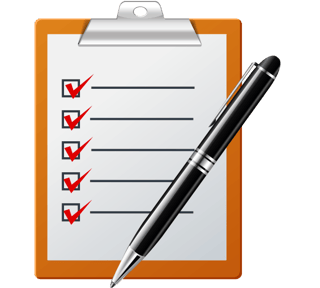
Starting a formal offshore QA engagement can be a daunting experience as you are trusting people thousands of miles away to ensure the quality of your product. Although every company has different guidelines, some practices, such as effective communication, are common throughout the industry. Our recommendations on how to start your formal QA outsourcing process are below.
Step 1: Communication
When managing a team that you cannot meet face to face, you have to make sure that you have an effective communication strategy. As you will not be able to simply walk down the hallway to discuss any concerns, you have to make sure that both the offshore team and the onshore team are well connected. This can be done through various measures such as email, instant messaging, or over the phone. Often times, however, the most convenient method of communication will be email due to time zone differences between the onshore and offshore teams.
Step 2: Collaboration
Not only is communication between team members key, but effective collaboration regarding the vision for a product is greatly important as well. If the offshore QA team does not know the end goal, they will simply be testing in the dark. Instead, attempt to develop an emotional connection between their testing work and the end product. This will help the offshore team feel as if they are a true part of the engineering team. As a result, this will frequently lead to more motivated software testers and a better end product.
Step 3: Plan B
Lastly, our team recommends that you go over a “fail over” plan with your offshore team. As hourly communication is unfeasible between the onshore and offshore teams, you should develop a plan with your offshore team of protocols if there are any problems or issues that arise. If they are unable to progress due to a major bug in the software, another task should be scheduled so a day’s worth of work time is not lost, which will increase productivity.
Ensuring effective communication, having a clear end goal, and establishing failover plans will help prevent any major problems in your first formal QA engagement.
What aspects of starting a QA engagement do you think are most important? Comment below and let us know. Don’t forget to follow QASource on LinkedIn and Twitter.


